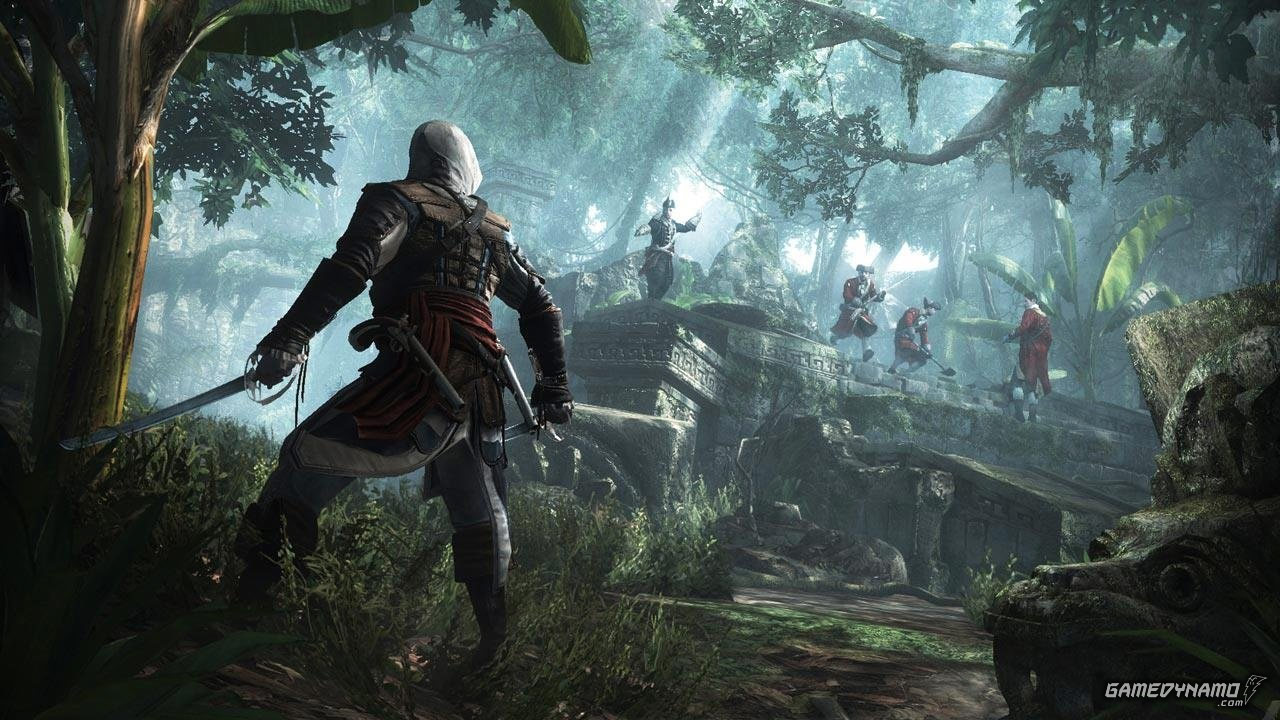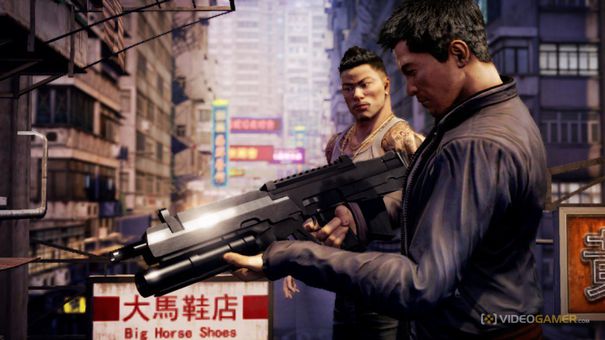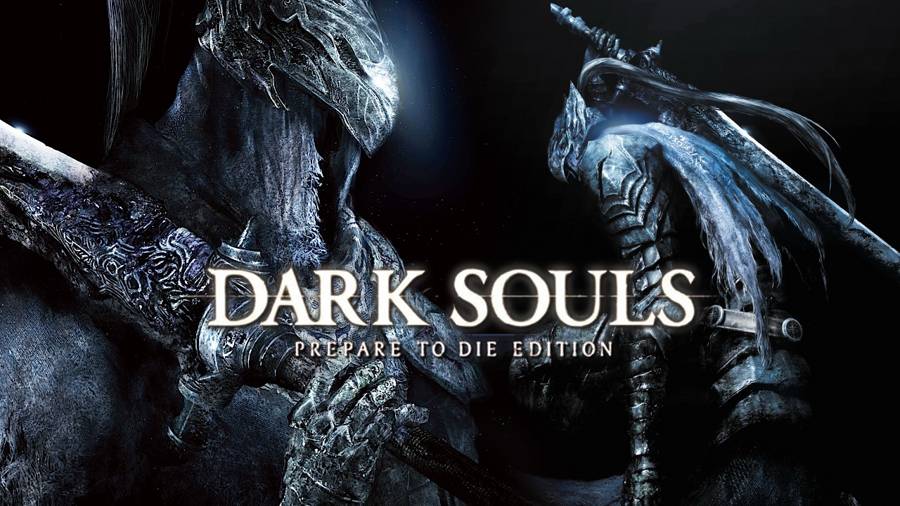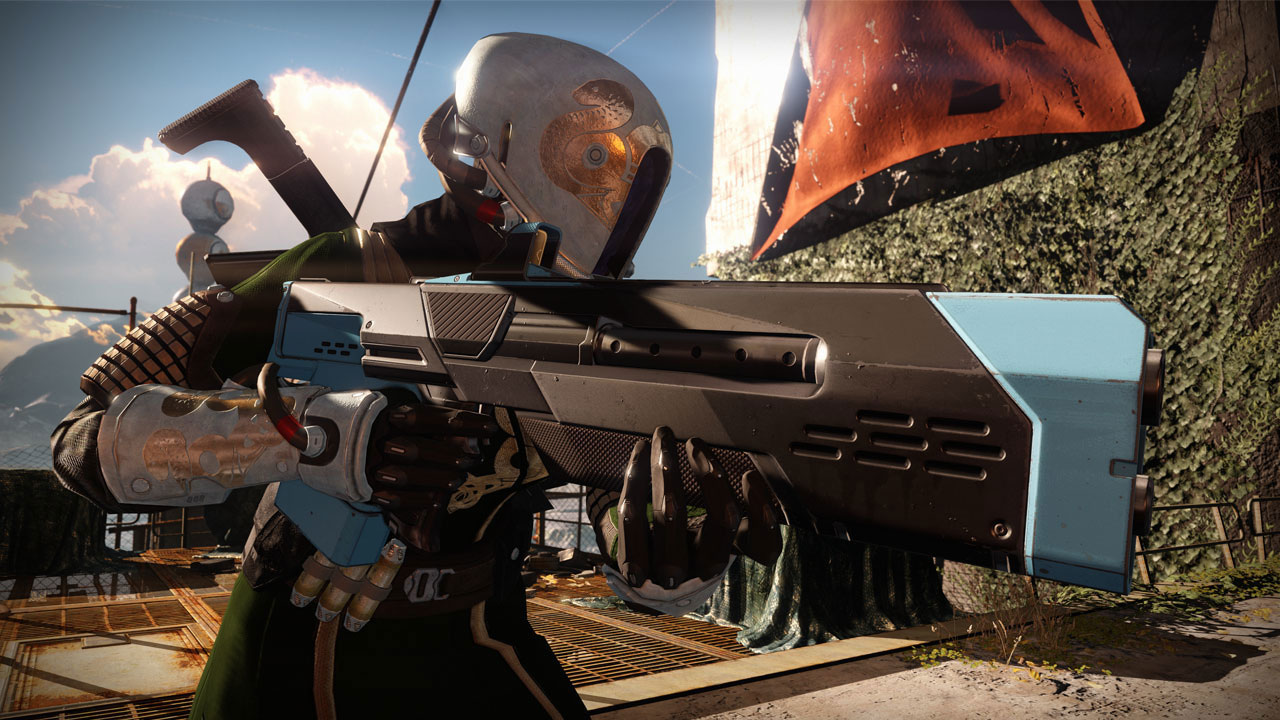Whoever has the most Skystones on the board at the end of the round, wins. Although simple in nature (somewhat like Tic Tac Toe), this mini-game requires some strategizing to win. Each player holds a hand of five Skystones. On these Skystones are blades, which vary in the number per side on the stone. The objective is to place the Skystones with more blades next to your opponents' stones that have lesser blades. When you do this, the opponent's stone switches its allegiance, and becomes yours. For example, if your stone has three blades and you see that your opponent has a stone with only two blades (or none at all), placing your stone adjacent to his will transform his stone into one of yours.
However, if you place a stone with more blades before your opponent places one with lesser blades next to yours, his stone will be safe from being taken over by the stone you previously laid. If two stones have the same amount of blades, nothing happens as they cancel each other out. When you win a round, you are rewarded with a new Skystone (often your opponent's best stone) to add to your collection. Oftentimes, in order to complete a mission objective, you will encounter these NPCs who are willing to trade information or favours... in exchange for a game of Skystones.Throughout the game, players can explore new lands, and slowly come to realize just how big the in-game world is. At the beginning of each level, the camera will fly around the island to show you the course you need to take.
Each chapter introduces a new island, which has its own unique sense of character. From Cutthroat Carnival (a festival town taken over by pirates), to a weird island called Wilikin Village (populated with wooden toys and props that can be brought to life by a machine), to islands covered in ice or deserts, Activision has expanded on the Skylanders' universe, inviting players to immerse themselves in this marvellous, cartoon-like world. Wilikin Village is a perfect example of how much effort has been put into Skylanders Giants; in just one island, you have two different environments to explore, as you need to bring the village to life or put it back to sleep depending on the obstacles.
When the village is asleep in its still and wooden dreamland, you seem to walk into a ghost town where the colours are washed out, wooden people are slumped over like puppets with their strings cut, and the 'houses' appear to be stage props (i.e. a picture of the front of the house being propped up by wooden beams). Alive, the level is just as vibrant as any other, with Pinocchio-type village folk walking, skipping, playing, and talking in stunted sentences. Be sure to peek into every nook and cranny as you'll find different treasures when the village is asleep than when it is alive and the houses are actual built structures.Although the graphics of the first Skylanders game were truly amazing, the developers have made many enhancements to the visuals in Giants, bringing the quality to a whole new level.
While still cartoony, the animations and cutscenes look more sophisticated than before. Some textures look extremely realistic, with an almost touchable quality to them. For example, just looking at the materials that make up Flynn's ship you can almost believe that if you were to reach out and touch the metals, they'd feel cool and smooth. When the Skylanders visit the winter wonderland that is Glacier Gully, they glide across icy patches so believable that you might want to join them skating. However, we encountered some minor graphical glitches, like coins stuck in the air - way out of your reach, or character animations stuttering in co-op mode once they hit the end of the tether joining the two players, which can completely detract from the realistic effect.





